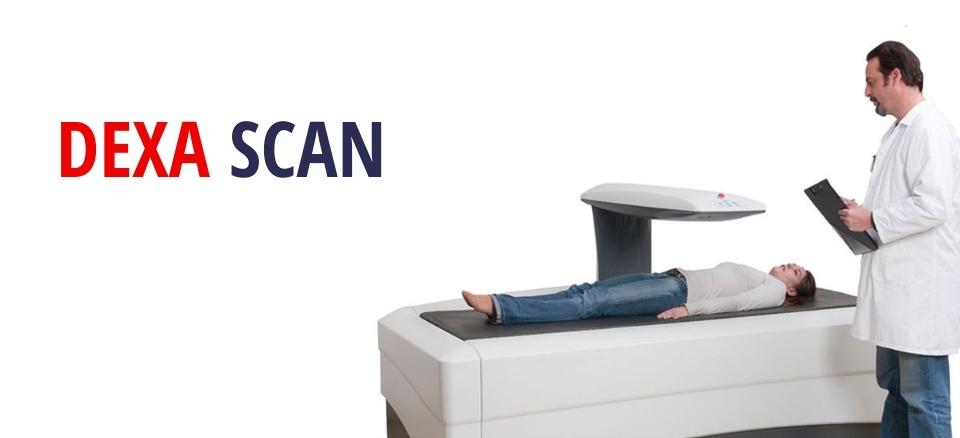


With technological advancement, the healthcare sector has been improving and modernizing itself every minute. And to keep up with the pace of advancement in medical technology, Amandeep Hospital has constantly been adopting the latest technologies for the diagnosis of diseases and treatment.
Recently, Amandeep Hospital has proved why it is the leading healthcare provider in the region by making DEXA Scan a part of its technology for diagnosing musculoskeletal disorders. Let us help you understand what DEXA Scan is and why it holds a prominent position when diagnosing bone-related disorders.
A DEXA Scan is a special type of X-ray that measures the density of the bone mineral. It stands for “dual-energy X-ray absorptiometry”. It is a non-invasive test that helps assess whether a person is at risk of osteoporosis or fracture. This test can detect even 1 percent of bone loss, whereas a regular X-ray shows changes in the bone density when the body has suffered 40 per cent of the bone loss. Rendering more accurate results, this scan also helps predict the odds of a future fracture and also assists one in determining when one needs to start medications to prevent bone loss.
The test takes only 10 to 30 minutes, depending upon the part which is being examined.
The patient is asked to lie on a padded table below an X-ray generator, and above it is an imaging device that looks like a mechanical arm. DEXA scan usually focuses on the spine and hip because these two areas are the ones which are more prone to fractures due to low bone density. The technician then sends a thin, invisible beam of low-dose, which will emit two energy peaks. One energy peak is absorbed by the soft tissues and another by bone. This scan reveals the total bone mineral density by subtracting the amount of radiation absorbed by the soft tissue from the total. The scan is painless, but one needs to hold his breath for a few seconds to avoid the image from getting blurry.
A Z-score helps compare your results to others of the same age, weight, ethnicity, and gender.
At Amandeep Hospital, DEXA scanning has been introduced to get more accurate scanning results and help build effective treatments around the results generated after the scan. With the modern technique, DEXA scan shall surely benefit our patients and help us get the right results.
September 30, 2024
Recognize the Signs: Understanding Appendicitis Pain Symptoms
September 24, 2024
Unveiling the Truth: I-Pill Side Effects Every Woman Should Know
We use cookies to enhance your experience. By clicking "Accept", you agree to our use of cookies.